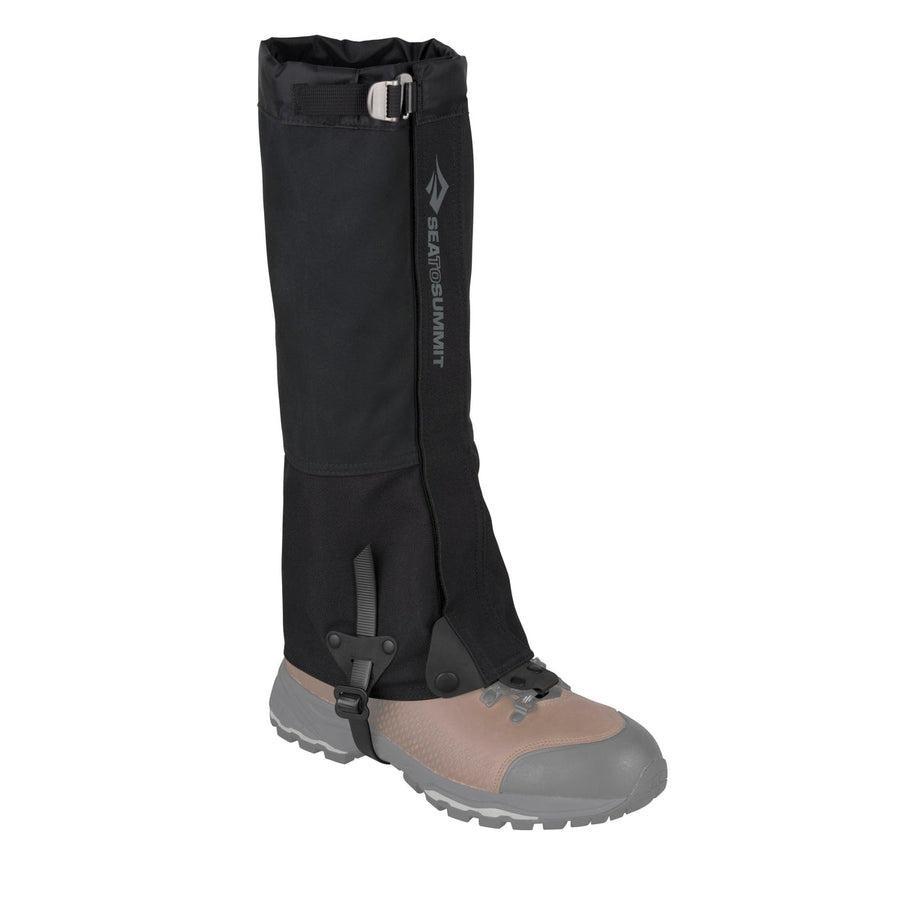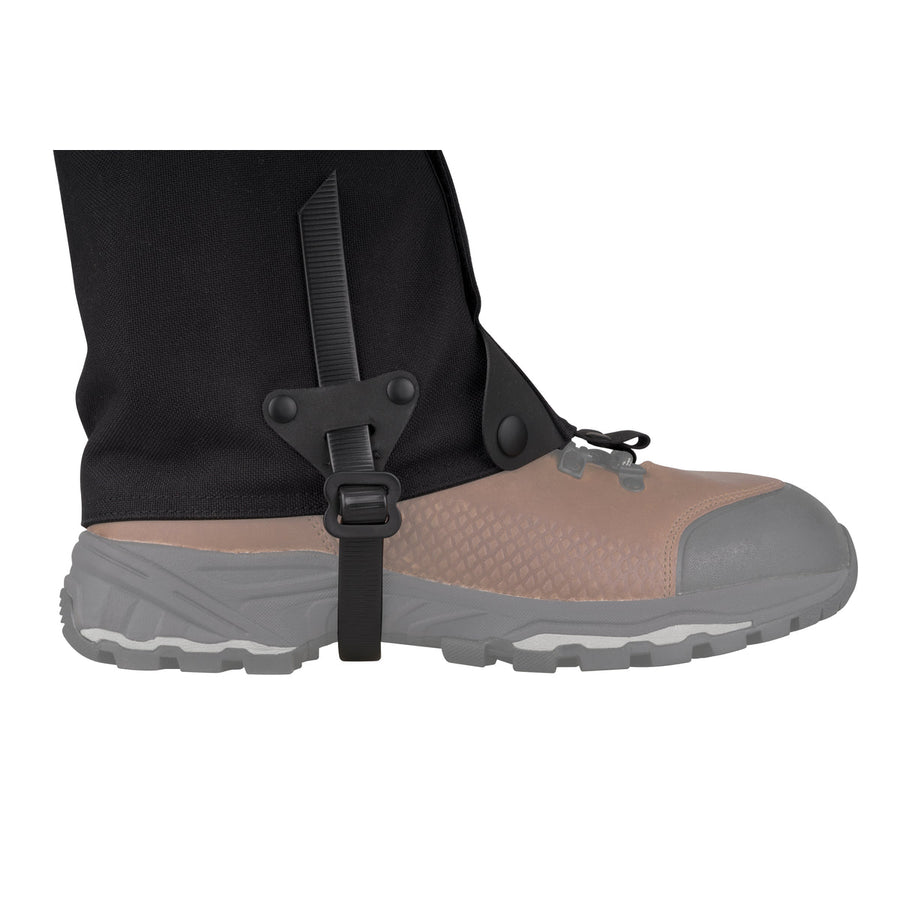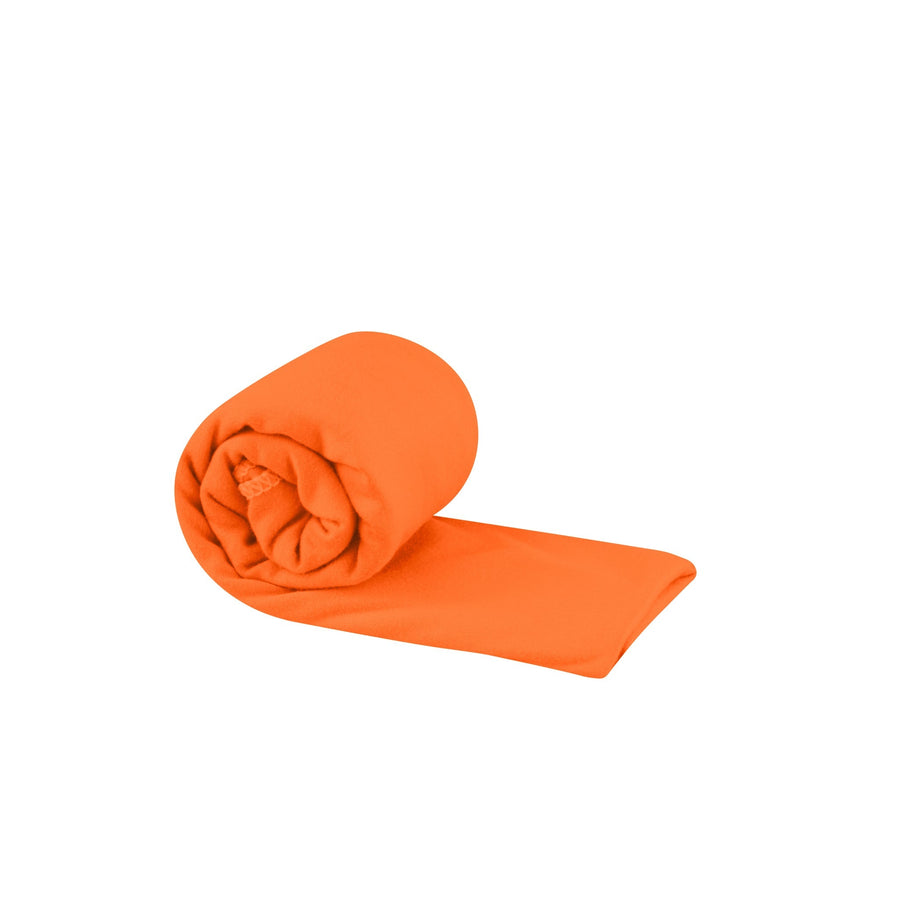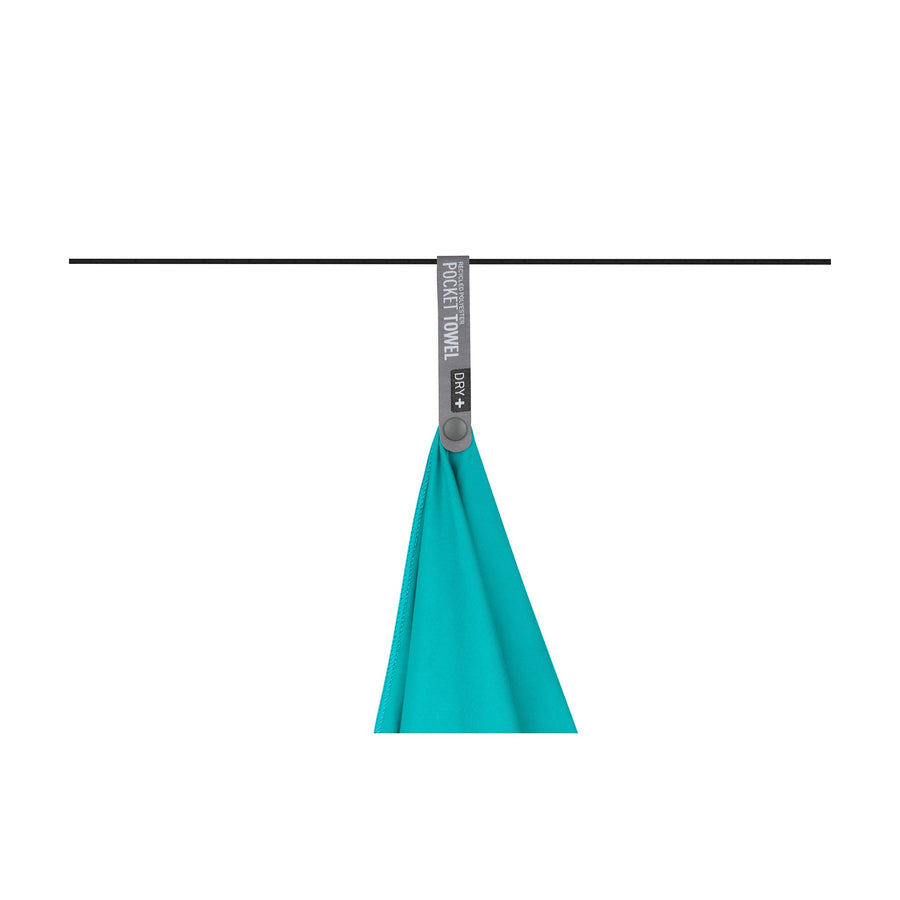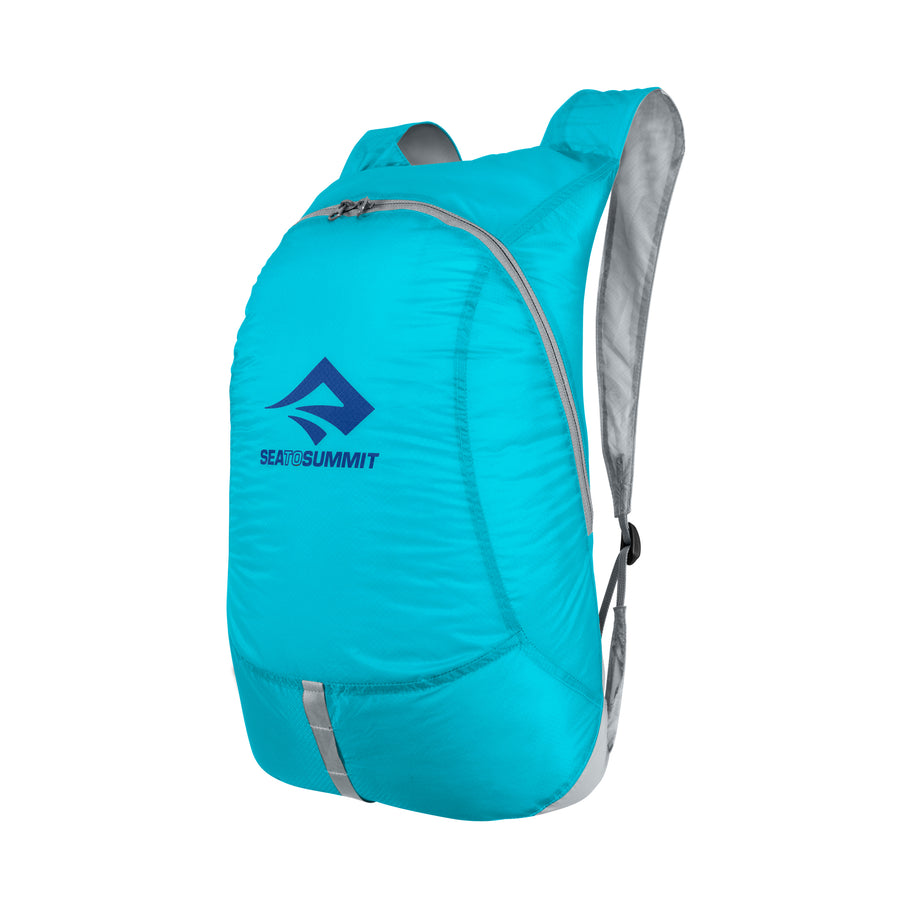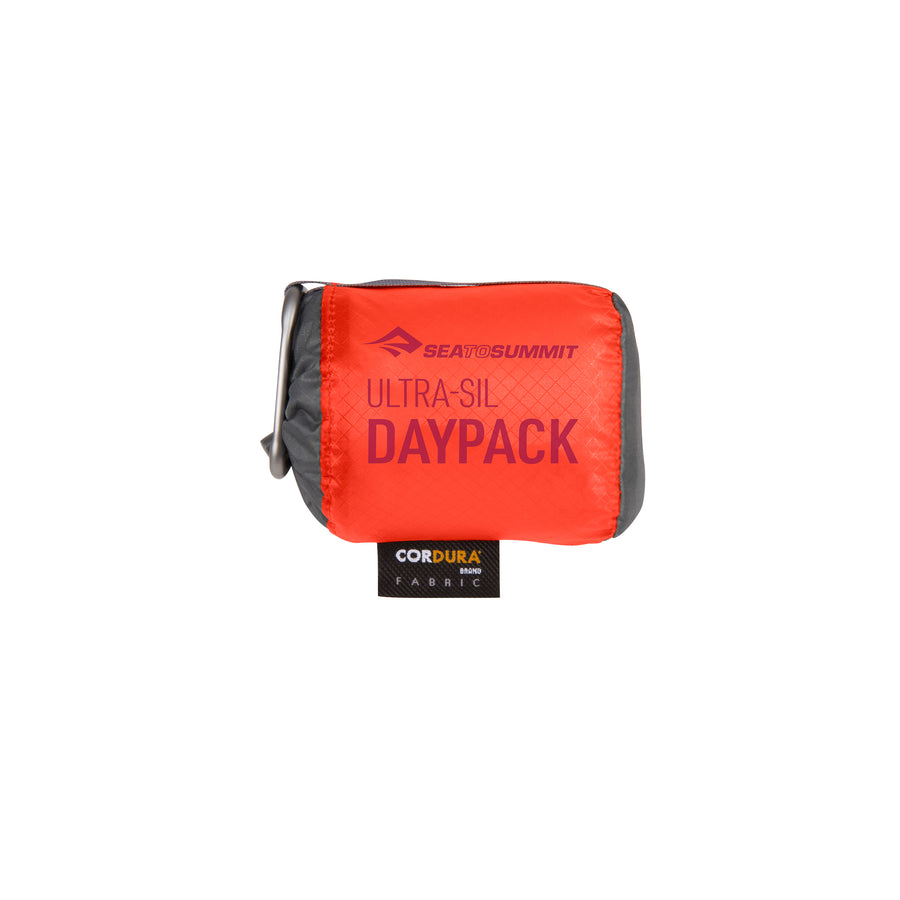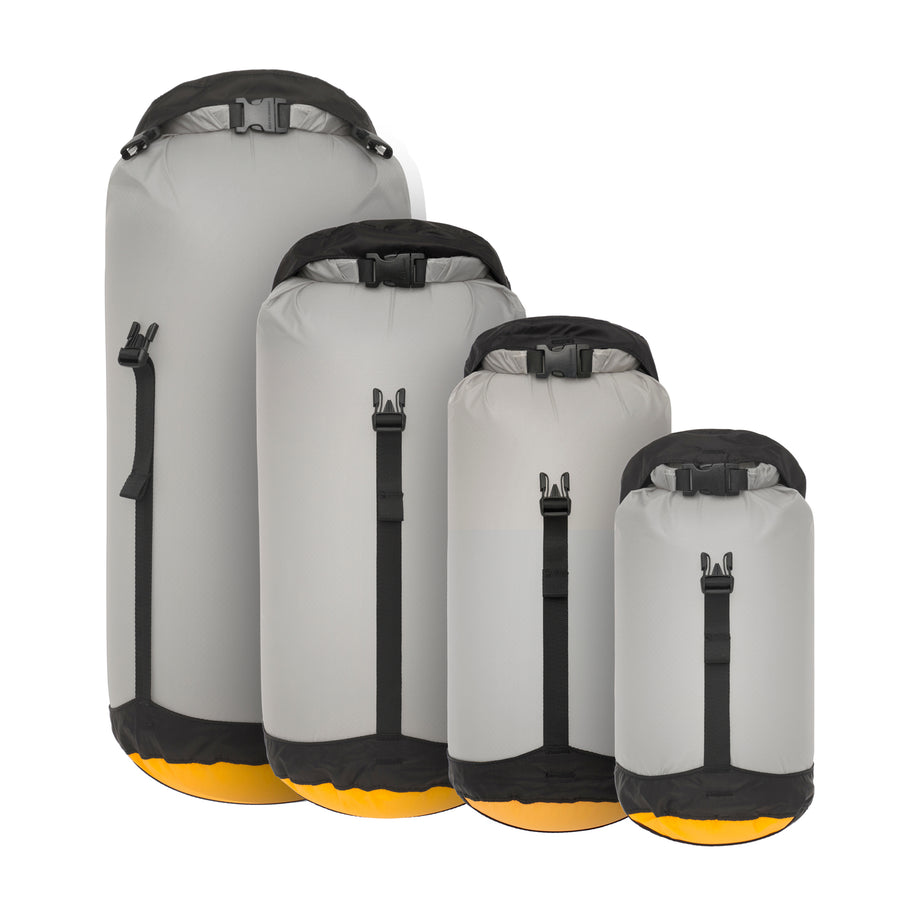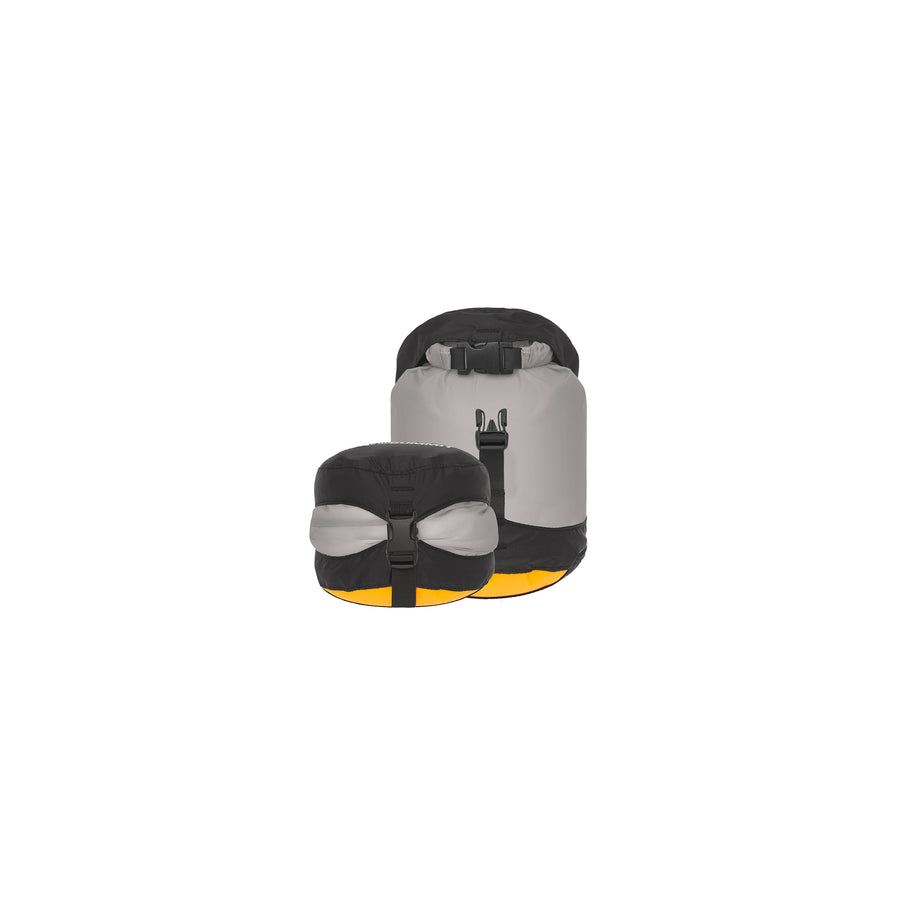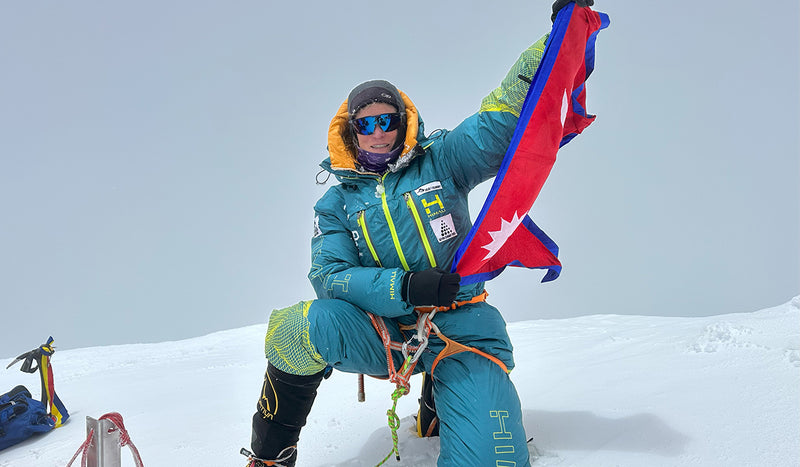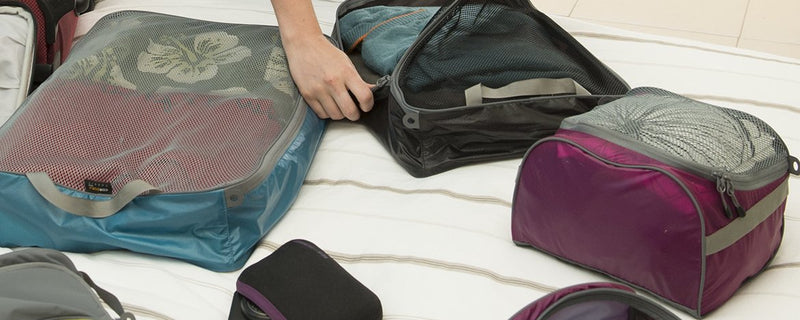A Brief History of Sea to Summit Dry Bags

This post comes from Sea to Summit co-founder and accomplished mountaineer Tim Macartney-Snape.
 How best to keep gear dry is an age-old conundrum of adventure seekers and backcountry travelers worldwide. Not far gone are the days when wax impregnated canvas bags and metal tins were considered state of the art dry storage solutions. With the proliferation of plastic, the real shift towards the modern dry bag began.
How best to keep gear dry is an age-old conundrum of adventure seekers and backcountry travelers worldwide. Not far gone are the days when wax impregnated canvas bags and metal tins were considered state of the art dry storage solutions. With the proliferation of plastic, the real shift towards the modern dry bag began.
While plastic bags were a logical next step in the dry storage evolution they also presented some limitations. Their ability to do a reasonable job of keeping water at bay was outweighed by their lack of durability and inability to be sealed completely.
Next came heavy-duty bags made from welded PVC or glued rubberized fabric. These were a step up from plastic bags as their durability and ability to be completely closed was far superior. However, weight and PVC’s tendency to stiffen in cold conditions paired with the material’s negative environmental impacts kept the evolution moving forward. It was the arrival of polyurethane coated fabrics that really changed the game. This new technology made lighter weight dry bags possible because the sewn seams could now be taped creating a waterproof seal.
That was the situation in 1992 when Sea to Summit started investigating the possibility of expanding our line to meet the demands of more extreme conditions. We already knew that stuff sacks were very useful for organizing gear but in many scenarios, the need for a waterproof stuff sack was very real.

Our first step was to look at existing dry sacks and ask ourselves how we could make them better? First, we found the right fabric, light but durable, tightly woven 70-denier nylon with a high-quality interior polyurethane coating. Then we used good quality primer and tape to seal the seams. From our experience making stuff sacks, we knew that giving customers the choice of many sizes and colors worked well. Lastly, we had also learned that even such a basic product would benefit from having well-designed packaging with all the product features and uses clearly highlighted.
Achieving the points above made our dry sacks immediately successful but we soon realized a weak spot in conventional dry sack design: the woven webbing used across the opening to attach the fasteners and to define the starting point of the roll-top closure. Unintentionally, this design actually wicks moisture into the bag, so we came up with the idea of using the more expensive but completely effective synthetic rubber material. It is completely hydrophobic so it does not wick any moisture. Even after more than a decade of using this approach we are still the only brand using this type of durable material for the seal strip of our dry sacks – just one more aspect of the superior materials and function which define Sea to Summit dry sacks and dry bags.
As the trend towards lighter gear started to gain momentum we began experimenting with lighter fabrics for our dry sacks. Fabric weight is determined by the thickness of the yarn used in the weave. The international standard is called denier, which means the weight in grams of 9,000 meters of yarn. (Originally this derives from one gram of silk fiber being on average 9,000m long so silk fiber is 1 denier.)
 To satisfy the demand for lighter gear, Sea to Summit developed Ultra-Sil, a 30-denier Cordura® nylon fabric that has a silicone outer coating and a polyurethane coating on the inside allowing it to be tape sealed. This product won Backpacker Magazine’s Editors Choice award for the lightest, most innovative dry sack. Spurred on by this success we went on to develop the Ultra-Sil Nano, a 15-denier dry sack that is 30% lighter! This lightweight fabric also has the advantage of being translucent so you can see what is inside. For even greater visibility we also have the Ultra-Sil View Dry Sack with a clear TPU window as well as the heavier duty all-clear TPU Stopper Dry Bag.
To satisfy the demand for lighter gear, Sea to Summit developed Ultra-Sil, a 30-denier Cordura® nylon fabric that has a silicone outer coating and a polyurethane coating on the inside allowing it to be tape sealed. This product won Backpacker Magazine’s Editors Choice award for the lightest, most innovative dry sack. Spurred on by this success we went on to develop the Ultra-Sil Nano, a 15-denier dry sack that is 30% lighter! This lightweight fabric also has the advantage of being translucent so you can see what is inside. For even greater visibility we also have the Ultra-Sil View Dry Sack with a clear TPU window as well as the heavier duty all-clear TPU Stopper Dry Bag.
Another award-winning innovation was Sea to Summit’s invention of the Compression Dry Sack which uses eVent® fabric, a waterproof but air permeable membrane fabric to purge air from the inside of the sealed bag.
For activities such as whitewater paddling or rafting and canyoneering, it is sometimes necessary to sacrifice weight for extreme durability. For this reason, Sea to Summit now has a line of heavy-duty dry sacks from the 210 denier Stopper Dry Bags to the 420-denier Big River Dry Bags to the burly, super-heavy-duty 600-denier Hydraulic Dry Bags. The Stopper and Hydraulics have the bonus addition of Sea to Summit’s unique Field Repair Buckles, an invaluable feature for those pushing their gear to the limits.
Now with more than ten models to choose from, ranging in size from one liter to sixty–five, Sea to Summit has a dry storage solution for every activity!
While dry storage has come a long way since the early days of soggy gear we continue to innovate in this area. As adventurers across the globe constantly re-define what is possible and push the limits of their sports our dry storage and other products will continue to evolve and hopefully inspire future adventures and exploration.






